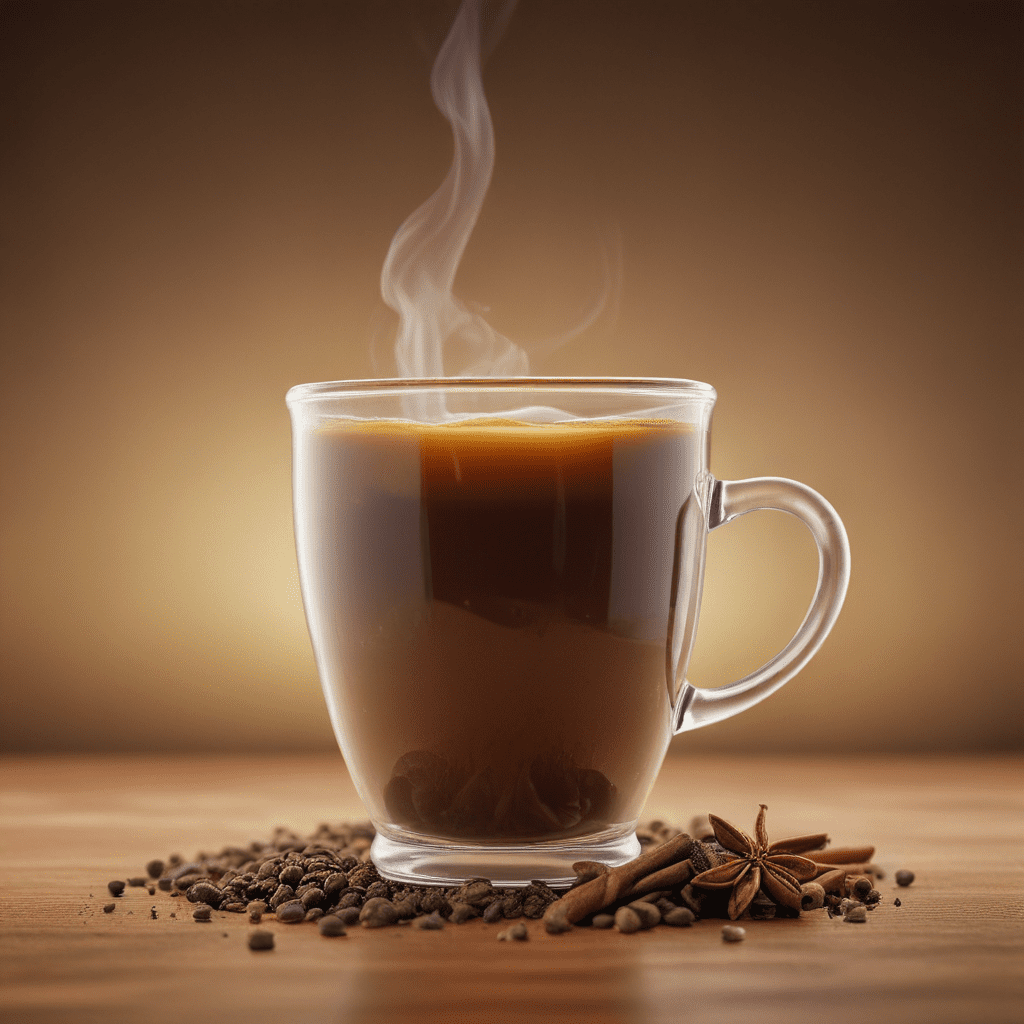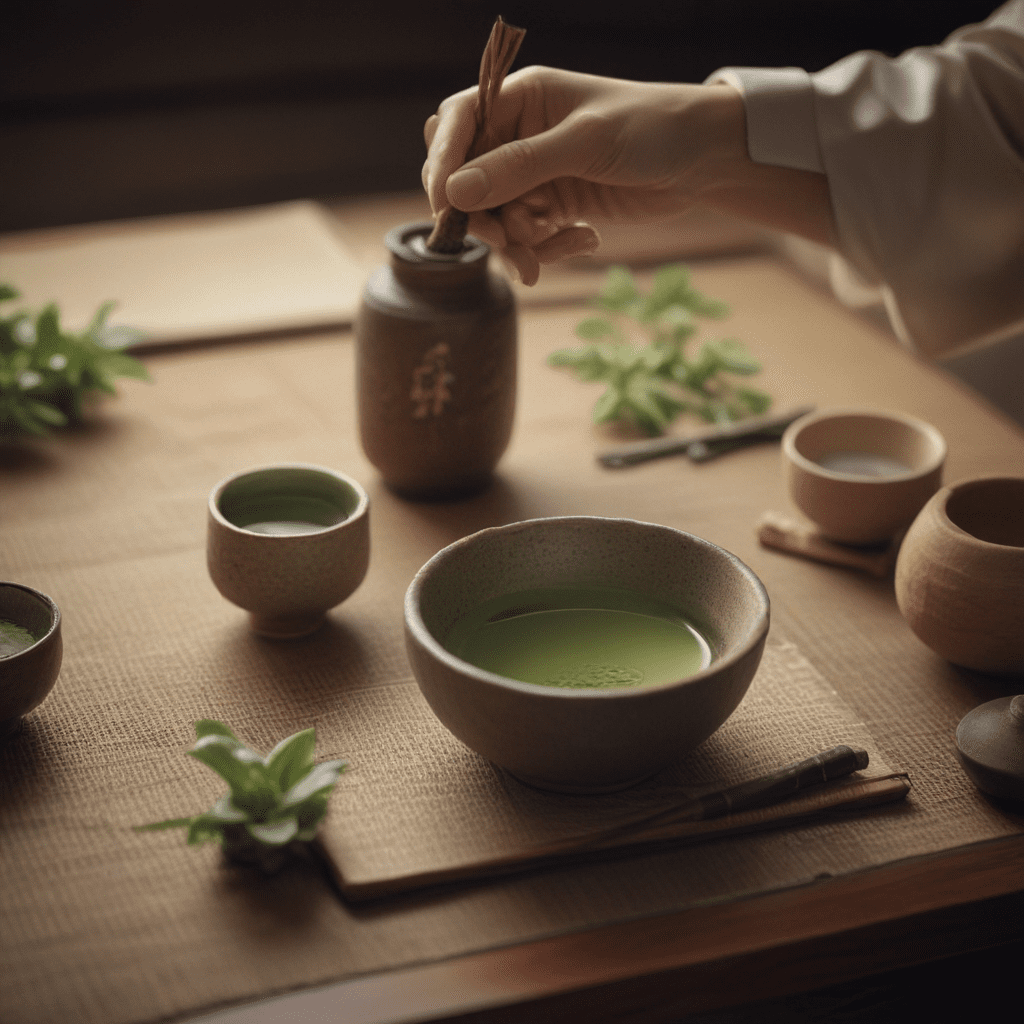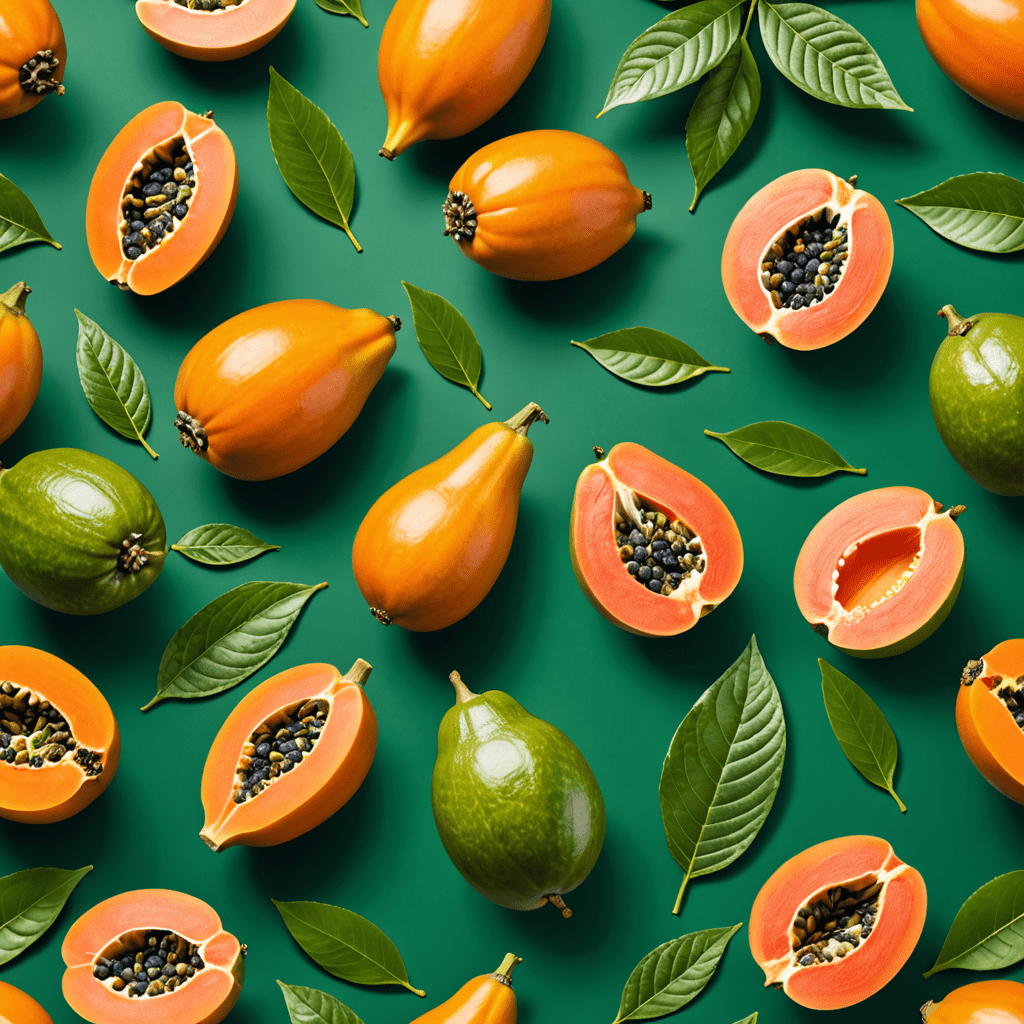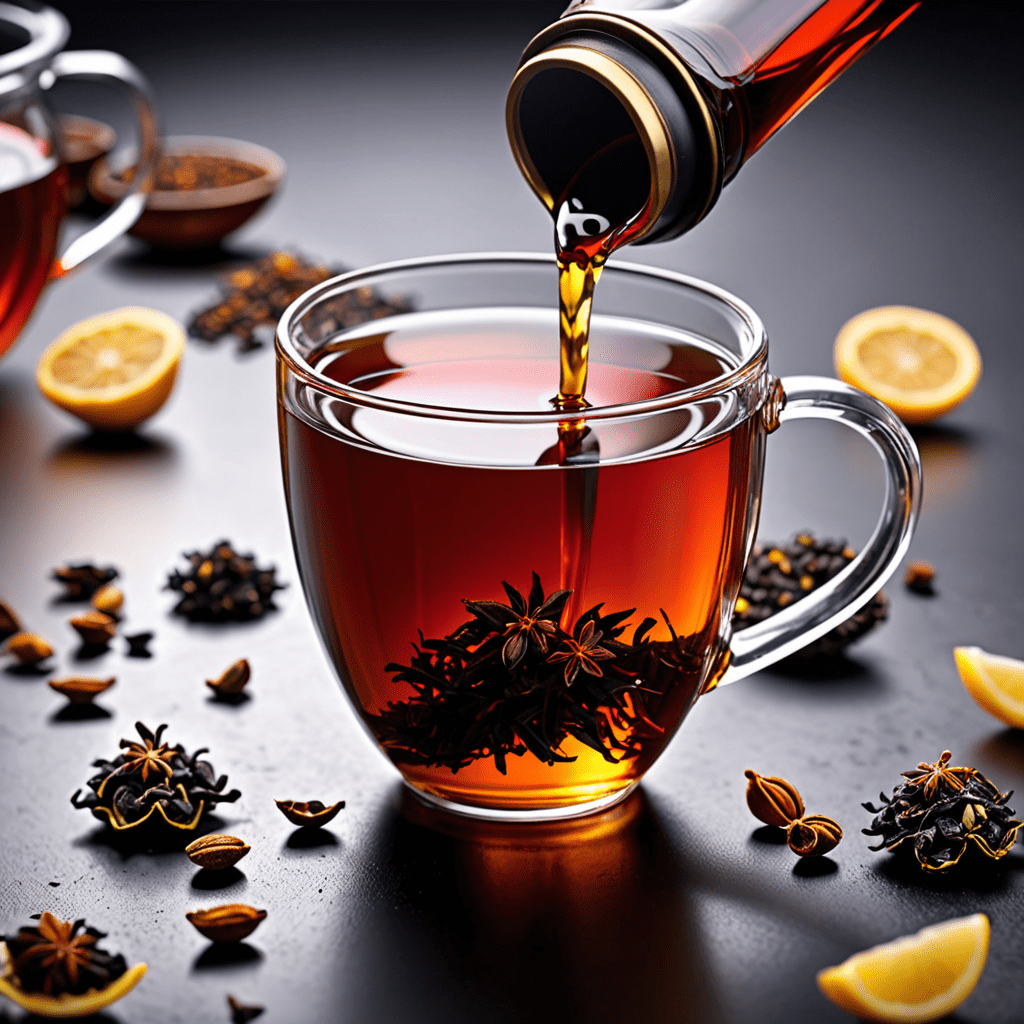Chai Tea: A Culinary Treasure
Chai tea, an aromatic and flavorful beverage, has captured the hearts and taste buds of tea enthusiasts worldwide. Its unique blend of spices and herbs creates a symphony of flavors that warm the body and soul. Originating from India, chai tea has become an integral part of various cultures and a staple in many households.
Origins and Cultural Significance
Chai tea, also known as masala chai, traces its roots to the Indian subcontinent. It is believed to have originated in the 19th century when Indian traders and laborers introduced black tea into their traditional Ayurvedic herbal concoctions. Over time, chai tea became deeply intertwined with Indian culture and is often served as a gesture of hospitality and comfort.
The Rich Blend of Spices
Chai tea's distinct flavor profile is attributed to its carefully curated blend of spices. The most common ingredients include:
- Black tea: Provides the caffeine base and a slightly bitter undertone.
- Ginger: Adds warmth, spice, and digestive benefits.
- Cardamom: Imparts an aromatic sweetness and a hint of citrus.
- Cinnamon: Contributes a warm and slightly astringent flavor.
- Cloves: Add depth and a hint of clove's distinctive aroma.
Health Benefits of Chai
Beyond its captivating flavor, chai tea also boasts several health benefits:
- Antioxidant-rich: Contains polyphenols, which have antioxidant properties and may protect against cell damage.
- Boosts immunity: Ginger and other spices have antibacterial and anti-inflammatory effects, supporting a healthy immune system.
- Aids digestion: Ginger helps alleviate nausea and promotes healthy digestion.
6. Variations on the Classic Chai
While the classic chai blend is universally loved, numerous variations exist that cater to diverse tastes and preferences. Some popular variations include:
- Kashmiri Chai: Originating from the Kashmir region, this chai is known for its creamy texture and the addition of chopped almonds and pistachios.
- Ginger Chai: A spicy variation that emphasizes ginger's warming and anti-nausea qualities, making it a comforting beverage during cold or flu season.
- Green Chai: Combines green tea with traditional chai spices, resulting in a lighter and more refreshing beverage with a higher antioxidant content.
- Rooibos Chai: A caffeine-free alternative made with rooibos tea, a South African herb that offers a naturally sweet and earthy flavor.
7. Chai Tea in Different Cultures
Chai tea has transcended its Indian origins and become a beloved beverage in numerous cultures worldwide:
- Middle East: Known as "karak chai," it is popular in countries like the United Arab Emirates and Saudi Arabia, often served with dates or other sweets.
- Central Asia: Chai is an integral part of traditional ceremonies and gatherings in countries like Kazakhstan and Kyrgyzstan, where it is accompanied by dried fruits and nuts.
- Tibet: The Tibetan version, known as "suja," is made with yak butter and salt, creating a unique and savory variant.
- North America: In the United States and Canada, chai tea has become a popular coffeehouse drink, often infused with vanilla, honey, or other flavorings.
8. Pairing Chai with Delicacies
The aromatic flavors of chai tea complement a wide range of culinary delights:
- Biscuits and Cookies: The spicy warmth of chai pairs perfectly with buttery biscuits, shortbread, or ginger snaps.
- Pastries: Flaky croissants, pain au chocolat, or sweet muffins make indulgent companions to a cup of chai.
- Indian Cuisine: Chai is a traditional accompaniment to savory Indian dishes like pakoras, samosas, or biryani.
- Fruit and Nuts: Dried fruits like raisins or apricots, along with almonds or walnuts, offer a sweet and crunchy contrast to chai's spiciness.
9. Chai Tea in Modern Contexts
Chai tea has evolved beyond its traditional settings and found its way into various modern applications:
- Chai Lattes: A popular coffeehouse drink that combines chai tea concentrate with steamed milk, creating a creamy and flavorful latte.
- Chai Ice Tea: A refreshing variation enjoyed during warmer months, prepared by brewing chai tea concentrate and chilling it over ice.
- Chai Spice Blends: Pre-mixed chai spice blends are readily available in grocery stores, allowing home cooks to create their own chai tea beverages or incorporate the flavors into desserts and baked goods.
- Wellness Products: The health benefits of chai tea have led to its inclusion in wellness products like herbal supplements, energy drinks, and skincare items.
10. Conclusion: Embracing the Aromatic Warmth of Chai
Chai tea is not merely a beverage; it is a testament to the rich cultural heritage of its origins and the enduring power of aromatic flavors. From its humble beginnings in India to its global embrace, chai has warmed hearts and ignited taste buds worldwide. Whether enjoyed in its classic form or through countless variations, the aromatic warmth of chai tea continues to captivate and inspire, making it an enduring culinary treasure.
Frequently Asked Questions
- What does "chai" mean? Chai is the Hindi word for "tea."
- Can chai tea be made without black tea? Yes, herbal chai can be made using a blend of herbs and spices, such as rooibos or hibiscus.
- Is chai tea a good source of caffeine? Yes, chai tea contains caffeine due to the black tea it is made with.
- How long does chai tea stay fresh? Freshly brewed chai tea can be stored in the refrigerator for up to 3 days.



